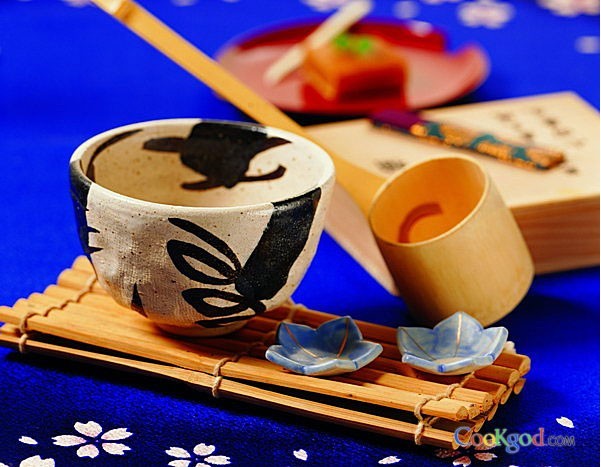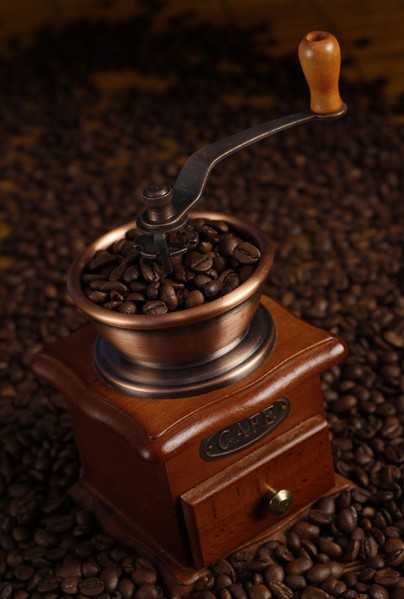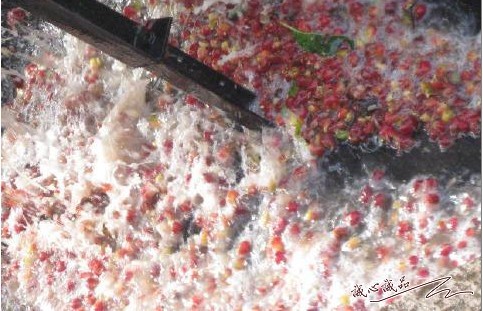Standard description of coffee taste the flavor characteristics of single boutique coffee beans describe the coffee flavor wheel

1. Olfaction (sense of smell): each kind of coffee has a unique smell (bouquet), which distinguishes coffee from different producing areas or species. A, Dry aroma/ fragrance- dry aroma; coffee grinding before brewing dry coffee powder aroma B, Cup aroma/ aroma- wet aroma; coffee brewing, the liquid surface of the aroma C, Nose- coffee after the entrance of the nasal smell of Ding, Aftertaste- taste; coffee swallowed, the taste remaining on the taste buds
Types of dry aroma: sweet flower flavor, sweet fruit flavor wet aroma: fruit flavor, herbal flavor after entrance nasal aroma (nose): caramel, nutty, wheat aftertaste (aftertaste): carbon flavor (similar to photocopier document flavor), chocolate, spice, turpentine / camphor flavor
Each flavor requires further description of the intensity Rich, Full, Rounded, Flat and the corresponding details. Complexity is different from miscellaneous flavor. Complexity refers to the synthesis of good qualities in coffee, while miscellaneous flavors are unpleasant flavors in coffee, such as coke, wood (old beans), grass (new beans), even rubber, or iodine.
2. Gestation (taste): taste evaluation is for the taste of water-soluble substances in coffee. Contains organic (such as carbohydrates / sugars, vegetable oils, fruit acids, etc.); tastes range from slightly sweet to extremely sour. Organic compounds include alkaloids (such as caffeine and esters) and non-organic substances that cause bitterness. Non-organic compounds include mineral salts that cause bitterness and may cause tastes from sweetness to astringency, soapy to metallic. The basic taste feelings include: sour, sweet, bitter, bitter. (During the coffee cupping), when tasting light roasted coffee, bitterness only serves as a complementary or enhanced description of the other three tastes, but bitterness becomes the main taste description when evaluating deep-baked coffee. Bitterness is one of the disgusting feelings. But sometimes bitterness can add points to the senses of food. Bitter but delicious foods include dark chocolate, beer, and grapefruit. The disappearance of bitterness will reduce the appreciation and evaluation of practice. Although proper bitterness can cause a balance in the taste of deep-roasted coffee, it is worth noting that when bitterness remains at the back of the tongue, that is, when bitterness cannot disappear with swallowing, it usually causes extreme sensory disgust, so it can be used as an index to judge the appropriateness of bitterness. The value of sour taste is evaluated by both the mass market and the boutique coffee player market. Acidity is one of the existing taste senses of coffee, if it can be handled well, it can increase the hierarchical sense of taste and improve the taste value. Coffee famous for its sour taste includes Antigua coffee (as sharp as a razor) and mocha coffee, such as lemon and sour Yejafei.
3. Mouthfeel (taste): taste basically refers to the sensation received by the jaw (tactile sensation on the palate). Generally speaking, sensory organs located in the tongue, stomach, and soft and hard jaws are open nerves (free ending nerve). But after drinking coffee, these nerve terminals sense the consistency and oil of the coffee, and the combined feeling causes the "body" consistency (viscosity) of a cup of coffee to be basically related to the amount of solid matter that is brewed out of the coffee. These substances include the unfiltered fiber in coffee. Fat (oiliness) is the fat in coffee (liquid oil, solid fat, or wax). These substances exist in the form of oil in raw coffee beans, or fat at room temperature, while in baking, they are transferred to liquid and finally extracted during cooking. Different cooking methods can affect the performance of coffee. Take the taste as an example, if the metal filter is used for manual extraction, the taste will be heavier than the filter paper type (heavy/ thick), due to the increase in the proportion of suspended matter and oil in the coffee.
Source:
The blog of the Global Coffee Corridor
Important Notice :
前街咖啡 FrontStreet Coffee has moved to new addredd:
FrontStreet Coffee Address: 315,Donghua East Road,GuangZhou
Tel:020 38364473
- Prev

The relationship between coffee bean grinding and utensils use of coffee bean grinding degree thick and fine coffee grinder
The thickness of the powder depends on the way it is cooked. Generally speaking, the shorter the cooking time, the finer the ground powder; the longer the cooking time, the thicker the ground powder. In terms of actual cooking, 1.ESPRESSO machines, espresso machines and mocha pots take a very short time to make coffee, so the grinding is the finest and the coffee powder is as fine as flour. Filter cup with filter paper
- Next

Harvest and production of coffee the processing and operation of coffee beans the picking of coffee beans
The collection time is different in different countries and regions. The harvest process requires a lot of manpower, especially high-quality coffee, which can only pick fully ripe brown coffee peaches. Since all coffee peaches do not ripen at the same time, you need to go back to the same tree many times to pick them. Coffee beans come from a ripe peach called cherrie.
Related
- Beginners will see the "Coffee pull flower" guide!
- What is the difference between ice blog purified milk and ordinary milk coffee?
- Why is the Philippines the largest producer of crops in Liberia?
- For coffee extraction, should the fine powder be retained?
- How does extracted espresso fill pressed powder? How much strength does it take to press the powder?
- How to make jasmine cold extract coffee? Is the jasmine + latte good?
- Will this little toy really make the coffee taste better? How does Lily Drip affect coffee extraction?
- Will the action of slapping the filter cup also affect coffee extraction?
- What's the difference between powder-to-water ratio and powder-to-liquid ratio?
- What is the Ethiopian local species? What does it have to do with Heirloom native species?

